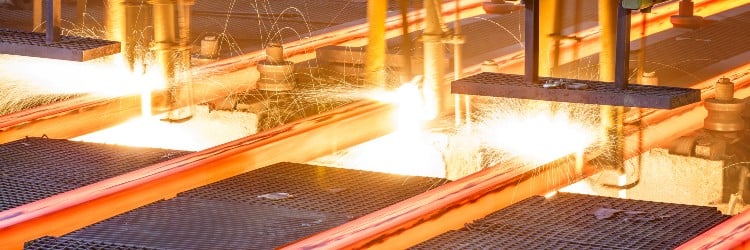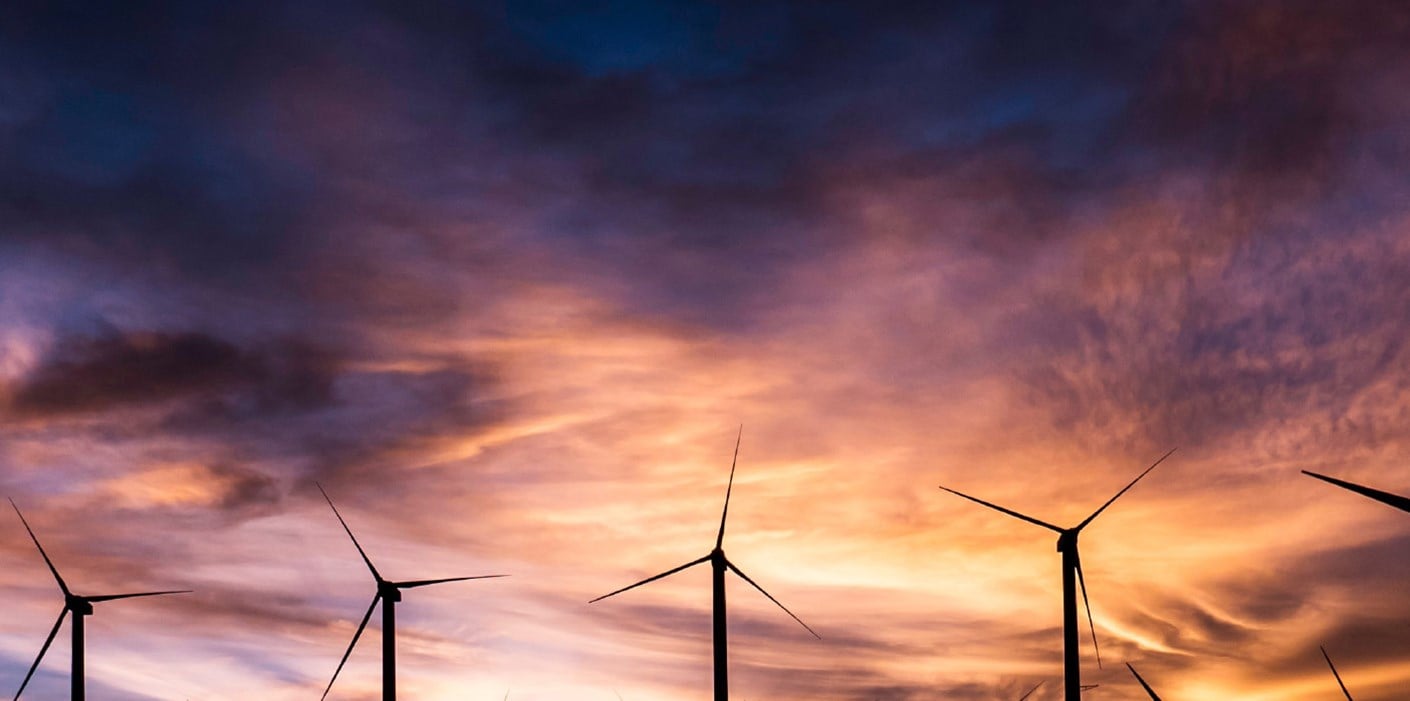The debate around the potential of low-carbon hydrogen is increasingly polarized, with skeptics pointing at every project slowdown or company closure as proof of low-carbon hydrogen’s failure, and proponents heralding the growth opportunities and project wins. Both are partly right, but what is unhelpful is the lack of perspective.
Low-carbon hydrogen shows distinct signs of progress but hasn’t been able to live up to the feverish expectations that took hold a few years ago – not a great surprise for a nascent sector in a difficult economic period. Proponents were overly optimistic that supply chains and scale-up could occur with unprecedented speed; skeptics suggest that it will never happen. The intensity of the debate is puzzling, given that low-carbon hydrogen, despite its significant promise, currently accounts for just a tiny part of both the energy system and global spending.
The mixed hydrogen bag
So, what do the prospects for low-carbon hydrogen look like through a more sober lens? The numbers indicate that hydrogen projects, both ‘green’- meaning plants producing hydrogen with renewable energy - and ‘blue’ - hydrogen generated with fossil fuels combined with carbon capture and storage (CCS) - are still being built.
By mid-2024, USD 75 billion in low-carbon hydrogen projects reached the final investment decision (FID) stage, a sevenfold increase from 2020. During the same period, production of low-carbon hydrogen went up by 50 percent to 1 million tons per annum, while installed electrolyzer capacity – essential for making green hydrogen - grew ninefold to 5 gigawatts. Planned green hydrogen projects far overshadow blue hydrogen projects, with announced electrolyzer capacity reaching into the hundreds of gigawatts in 2030 if all the announced electrolyzer projects could be realized.
However, there’s a catch. Of those gigawatts, only a fraction has reached FID, and it’s very unlikely that the world will get close to the full number by 2030, considering the still-early stage of development of the hydrogen energy supply chain. The last year has also seen a significant rollback from earlier low-carbon hydrogen commitments by both governments and companies. For example, energy majors Shell and BP, as well as industrial gases company Air Products, have all cancelled billions of dollars in planned low-carbon hydrogen investments. Meanwhile, the Trump administration has frozen, and will likely terminate, crucial incentives for green hydrogen that were part of the Inflation Reduction Act, paralyzing the sector in the U.S. before it really started.
Hydrogen’s dotcom moment
Global expectations for low-carbon hydrogen began to deflate well before President Trump’s election. This disappointment is a function of complex and interrelated factors, ranging from unrealistic analysis and overpromising by governments and companies, underdeveloped markets, supply chains, and infrastructure, to increasing geopolitical and economic instability, which has led to higher technology and electricity prices and interest rates. However, none of this signals the ‘death’ of hydrogen. It means that the market for low-carbon hydrogen, similar to the dot-com crash in the early noughties, is undergoing a painful correction to bring hype in line with reality.
Like the dot-com sector, the low-carbon hydrogen economy has been going through its own bubble. In 2018, low-carbon hydrogen was progressing well, with small and manageable projects building the knowledge base. Shortly after, a combination of increasingly disruptive climate shocks, extremely cheap money, policymakers searching for golden bullets to address climate change, and a financial community seeking opportunities to invest their abundant capital drove interest in low-carbon hydrogen to new heights.
Investments in low-carbon hydrogen projects shifted from a trickle to a roaring stream overnight, based on less than rigorous analysis and a fear of missing out. Governments published plans and strategies that, when combined, would require the low-carbon hydrogen industry, along with its accompanying systems and infrastructure, to grow exponentially in less than a decade. This may be possible for software or AI, but not for a nascent industry that depends heavily on coordinated policies, complex engineering, and overlapping physical infrastructure. The result was grossly inflated valuations and a rush into over-optimistic projections.

The next round
In this light, the current ‘crash to earth’ comes as no surprise, but it’s also no indication of the future potential of low-carbon hydrogen. All major transitions require vast amounts of time and investment and will undergo some boom-and-bust cycles as they progress. Creating a low-carbon hydrogen economy is especially complex, involving extensive capital investments, navigating rigid market structures, and overcoming powerful incumbents.
Another complicating factor is that, although low-carbon hydrogen has a chameleon-like potential to adapt to many sectors, it is not a simple replacement for legacy fuels, the way solar and wind energy replace coal and natural gas. The full benefits of low-carbon hydrogen are best realized in a system context, as it can act as a fuel, chemical feedstock, and medium for energy storage interchangeably. Building such a system requires more investment, holistic thinking, and collaboration than swapping one type of fuel for another. Developing low-carbon hydrogen successfully has always been a long-term game.
However, just as the 2001 dot-com crash laid the foundation for sustainable commercial success, three elements suggest that the current low-carbon hydrogen correction will also be followed by a second, more grounded period of growth.
Many private companies are still developing large projects
Recent headlines highlight the continued progress: German chemical company BASF has put 54 megawatts of electrolyzer capacity into operation, replacing 8,000 tons of fossil hydrogen - a key feedstock for chemicals - with green hydrogen annually. In Saudi Arabia, NEOM’s hydrogen hub will have 2.2 gigawatts of electrolyzer capacity operational by 2026, with 1.3 gigawatts already built.
Traditional oil and gas companies are also still in the game, such as Exxon’s deal to supply 250,000 tons of blue hydrogen to industrial conglomerate Marubeni, or the agreement between TotalEnergies and utility RWE. The latter will supply 30,000 tons of renewable hydrogen annually to a Total refinery, transported via a 600-kilometer pipeline, marking the largest green hydrogen off-take deal in Germany so far.
China, Europe, and others continue to embrace low-carbon hydrogen development
The U.S. government may be largely withdrawing from low-carbon hydrogen development. However, governments in China, Europe, and elsewhere still view low-carbon hydrogen as a crucial opportunity and continue to push its rollout with policies and incentives. China and Europe are the primary drivers, accounting for 40 percent and 32 percent, respectively, of all electrolyzer capacity reaching FID in 2024.
China seeks to solidify its leadership position by expanding its electrolyzer manufacturing capacity, which now accounts for approximately 60 percent of the total global capacity. As happened with solar and batteries before, China is well-positioned to lead innovation and drive down electrolyzer costs. However, Europe is not ready to cede all ground: the number of electrolyzer projects in the region reaching FID quadrupled in 2024. Strong European Union (EU) legislation, such as the Renewable Energy Directive, which mandates industries to use more low-carbon hydrogen, and the billions in public support for early-stage low-carbon hydrogen projects, through mechanisms like the Hydrogen Bank and the Clean Industrial Deal, further underpin European industry.
Other countries remain committed as well, such as Saudi Arabia, which has allocated USD 10 billion to a low-carbon hydrogen investment fund, and India, where 1.3 gigawatts of electrolyzer capacity reached FID in 2024, primarily for ‘green’ ammonia production. India also has ambitious plans to decarbonize its steel industry using green hydrogen. While the current correction is painful, some of it was necessary to rationalize the market. As the “froth” or unrealistic projects fall away, serious and predictable players committed to building long-term infrastructure remain standing. However, some good projects and companies look likely to be collateral damage.
Low-carbon hydrogen remains the only sustainable option for many hard-to-abate sectors
Even the hydrogen skeptics agree that low-carbon hydrogen, blue or green, is the only option for many hard-to-abate sectors. For instance, iron ore-based steelmaking is extremely challenging to decarbonize without the use of low-carbon hydrogen. Making low-carbon ammonia and many other chemicals, as well as enough clean fuels for ships, is almost certainly impossible without low-carbon hydrogen.

Recommendations to accelerate the low-carbon hydrogen renaissance
Despite the hopeful signs that low-carbon hydrogen is gearing up for a second period of growth, there is still ample room for improvement, both on policy and system implementation, to speed up the process. There are two important ways to accelerate the second round, and for Europe to remain competitive.
Combine low-carbon hydrogen mandates with less stringent standards for renewable electricity
The latest iteration of the EU’s Renewable Energy Directive (REDIII) mandates that 42 percent of the fuels used in the industrial and transportation sectors must be renewable and of non-biological origin by 2030. This is a fundamental driver for green hydrogen projects. However, the renewable electricity used in those projects is heavily scrutinized: it should come from purpose-built capacity, which should be geographically close to the electrolyzer, and it must be generated around the same time the low-carbon hydrogen is being produced. Scrutiny is important – history teaches that it is quite possible to find ways to claim high-carbon electricity is ‘sustainable’ and get it subsidized and into markets. However, while low-carbon hydrogen still makes up a marginal percentage of the energy system, and the supply chain is developing to ensure production costs can be brought down, we need more flexible standards for green electricity. The current requirements add unsustainable complexity to an already complex and nascent industry. Hindering the sector’s ability to learn, innovate, and scale sufficiently will also reduce co-benefits, such as jobs and local manufacturing, in hydrogen-related sectors, while other countries and regions forge ahead.
The low-carbon hydrogen needs to be less technology- and more system-oriented
The success of the carbon hydrogen economy depends heavily on the integration of all its parts, from green electricity supply, hydrogen production, and distribution infrastructure to demand management. Technology innovation will help bring costs down and performance up, but many players currently focus too narrowly on their technological piece of the puzzle. Combining proven technologies and engineering them effectively into an efficient and low-maintenance system will already substantially drive down costs and deliver the robust results needed to reassure investors, governments, and companies.
Low-carbon hydrogen is not dead, though it is certainly recovering from several setbacks as it gears up for a more grounded second phase of growth. With the U.S. likely out of the near-term picture, China and Europe are leading the advancement of the low-carbon hydrogen economy to the next level. However, China has already created some distinct advantages over the rest of the field. To stay competitive, Europe should focus on providing sustained and predictable support for its fledgling low-carbon hydrogen economy, learning from projects that benefit from temporarily relaxed green electricity standards and increasing scrutiny once the sector is more financially sustainable. Pulling the leash too tight, too soon, prevents the development of a robust, innovative European low-carbon hydrogen sector, which will result in the European Union becoming heavily dependent – again - on Chinese technology and supply chains.

